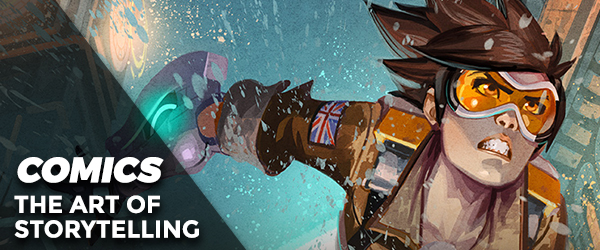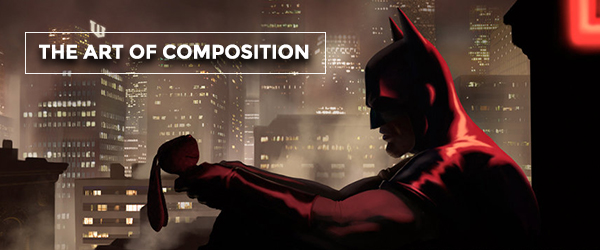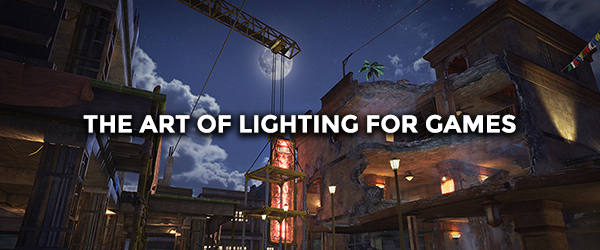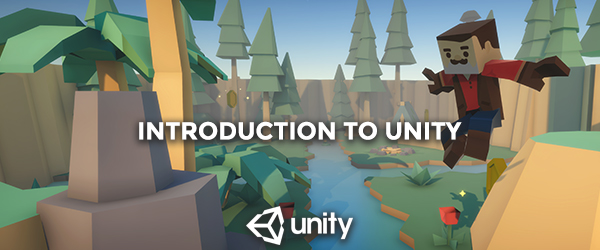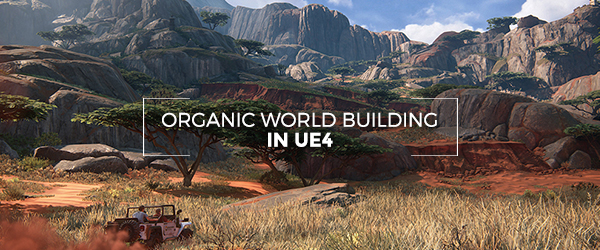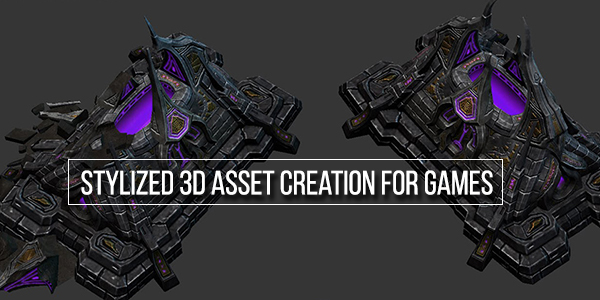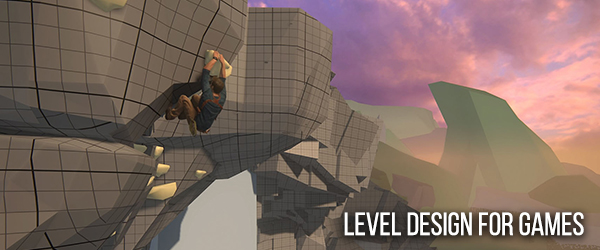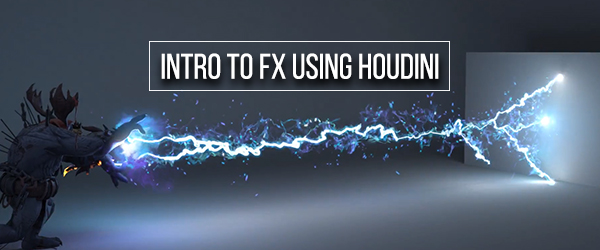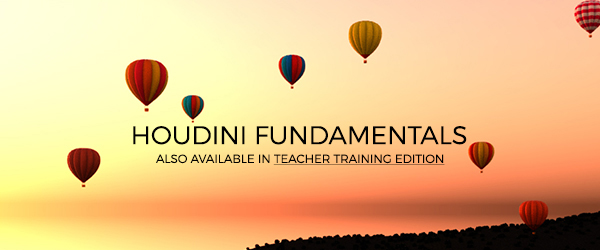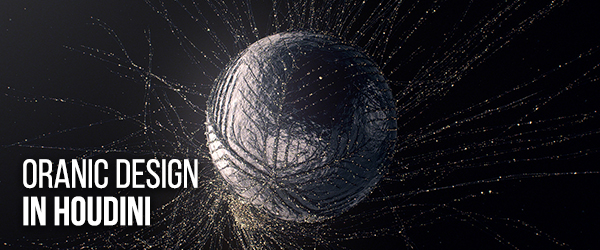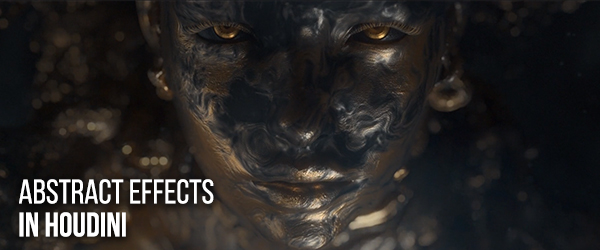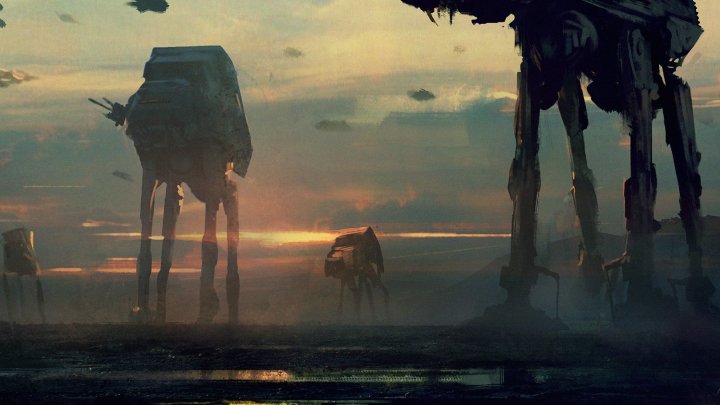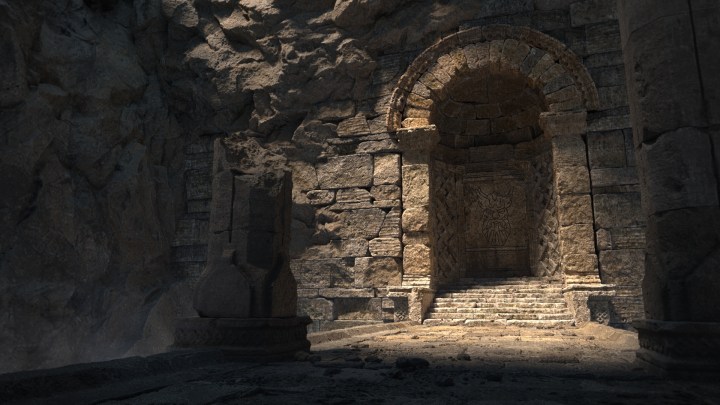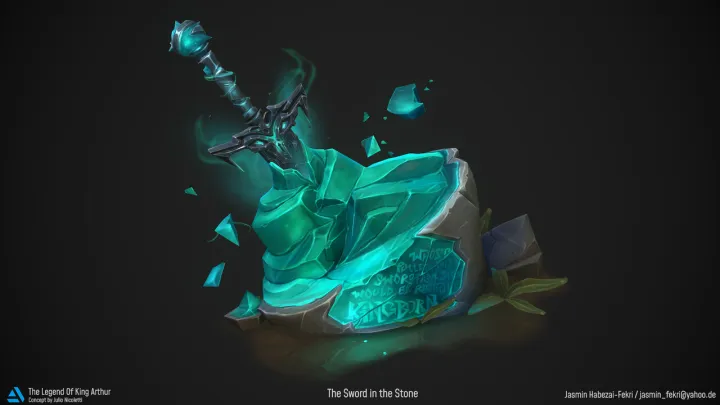New 2D, 3D & VFX Courses at CG Master Academy
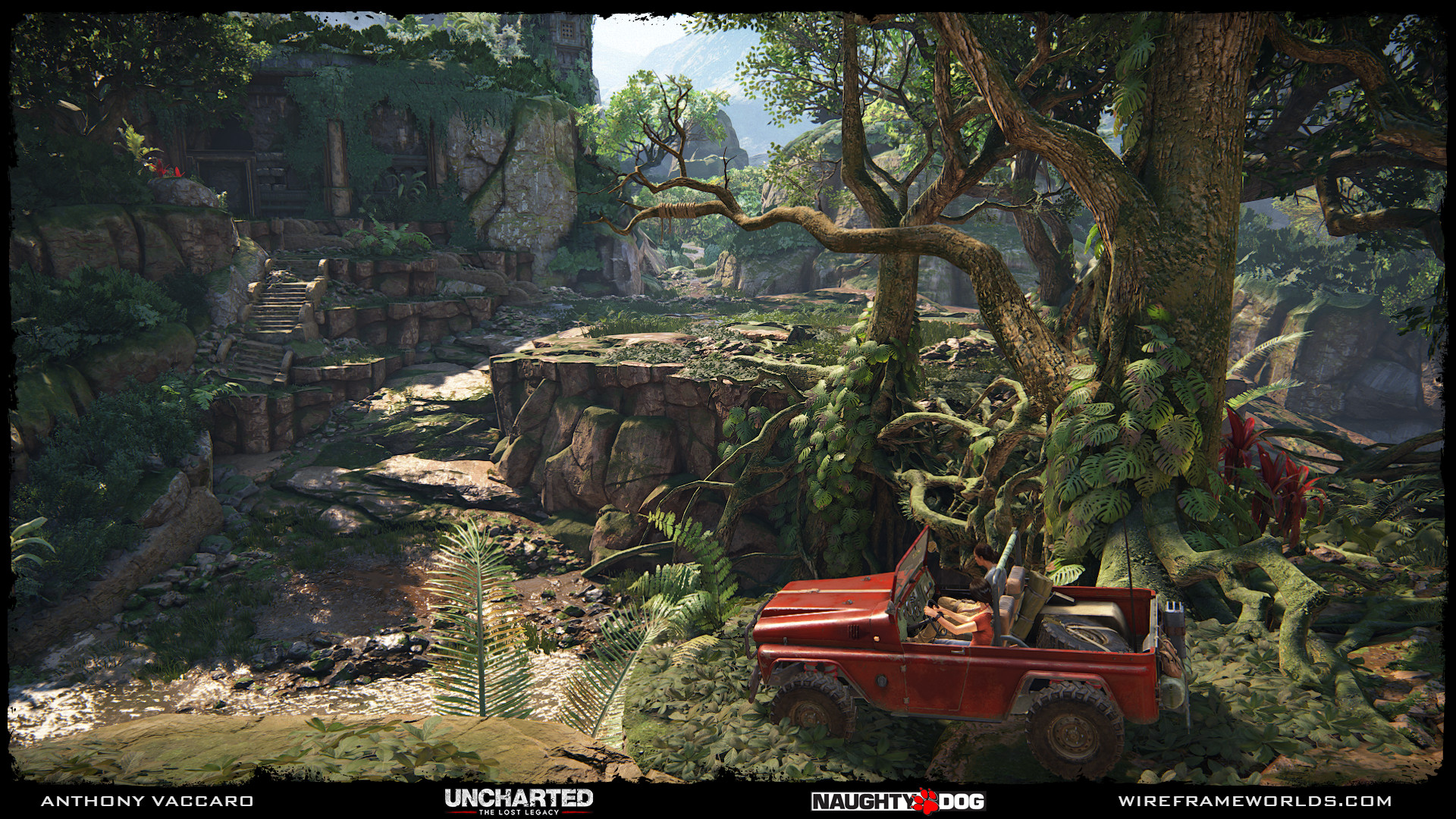 Courses have started for the Fall term, but CGMA hasn’t let up on giving students access to the best resources an aspiring artist could ask for. CGMA, one of the leading providers for a digital arts education, has been working hard to make sure students are well-equipped to enter into the industry with all the skills they need. Admissions help, award-winning instructors, and payment plans starting at $50 to claim your seat are just some of the perks of becoming a CGMA student.
Courses have started for the Fall term, but CGMA hasn’t let up on giving students access to the best resources an aspiring artist could ask for. CGMA, one of the leading providers for a digital arts education, has been working hard to make sure students are well-equipped to enter into the industry with all the skills they need. Admissions help, award-winning instructors, and payment plans starting at $50 to claim your seat are just some of the perks of becoming a CGMA student.
Winter registration is open and they’ve rolled out all-new courses for the upcoming term. They’re now offering a new registration promotion that will allow anyone to only pay $50 for the first installment for a Winter term course. You don’t pay the rest until next year!
*This $50 registration promotion credit goes towards your total balance and is non-refundable. It only reserves your seat; the full amount for each course must be paid in full before courses begin in April 2018 or else you forfeit your seat.
Should anyone have any questions regarding registration or portfolio review requests, please contact the CGMA Admissions department here: registration@cgmasteracademy.com or call by phone at (818) – 561 – 9542.
Art
Comics: The Art of Storytelling
Miki Montollo – Senior Concept Artist
This course is designed to be an intensive introduction to comics and narrative, from the very first stage to having the comic printed. We will begin by looking at comics and storytelling, then create storyboards and compose our comic pages. We will go over techniques for inking, coloring, and even lighting and special FX. In the last week, we will also talk about how to promote your work and show your project to a publisher!
Mauricio Abril – Freelance Concept Artist
This class will cover the basic principles used to create visually striking images as applied to illustration, film, games, animation and publishing. The class will first begin by exploring how composition functions as a visual design language across a 2-dimensional surface by covering concepts like mass, proportion, movement, and symmetry. These concepts will then be studied as they relate to illustration and entertainment-based mediums in the form of focal point, rhythm, depth, camera, space, and more. Clear visual communication will also be emphasized with regard to how the basic principles help communicate a compelling story/idea.
Games
Omar Gatica – Senior Lighting Artist
Students will be given an intermediate introduction to the science, technology, and art of lighting. In the first half of the course, they will learn the fundamentals of how light works, how we simulate and emulate the physical characteristics of light in a digital environment, and how we can break all the rules for the sake of art. The second half of the course will demonstrate some different approaches to lighting various scenes for visual appeal, mood, story and gameplay. (*note: this course description and course outline are subject to change)
Bryan Singh – Technical Game Designer
This course offers an introduction to Unity and steps students through the creation of their first 3D game with no prior programming experience needed. Students will use provided assets to assemble a playable 3D environment that can be explored and interacted with. This course focuses on many of Unity’s major systems and just enough coding to apply gameplay logic to tie things together. Each student will leave the course with a unique first-person, third-person, or VR game; and a foundation of skills they can grow to make their next game.
Anthony Vaccaro – Environment Artist
This course offers an introduction to Unity and steps students through the creation of their first 3D game with no prior programming experience needed. Students will use provided assets to assemble a playable 3D environment that can be explored and interacted with. This course focuses on many of Unity’s major systems and just enough coding to apply gameplay logic to tie things together. Each student will leave the course with a unique first-person, third-person, or VR game; and a foundation of skills they can grow to make their next game.
Stylized 3D Asset Creation for Games
Kevin Griffith – Senior Environment Artist
In this course you will create finished key environment assets and props that will work together in a stylized game environment. We will look at various stylistic approaches to games. Lectures and assignments will explore different styles for hand-painting textures, blocking out your scene, modeling your stylized assets, and creating final stylized textures for your assets. The goal is to create a fully-rendered collection of assets that you can include in your portfolio. Software used in this course includes: Maya, Photoshop, Z Brush, 3D Coat, Marmoset, and UDK 4.
Fabio Silva – Senior 3D VFX Artist
In this course, students learn the fundamental workflows and approaches to creating a wide range of dynamic effects for real time game environments. Students will learn essential methods for efficiency and optimization of visual effects to be used in a video game. It will feature different type of effects for different markets. For example first person shooters, 3d action games, mobas, phone games, etc.
Emilia Schatz- Lead Game Designer
In this course you will learn to approach 3D game level environments from a design perspective. The lectures will explore theory of games, shape composition, architecture, and player psychology. You will design and iterate on level setups from the initial planning phases to playable prototypes. The course will focus on crafting immersion and modeling shapes that intrigue, surprise, and inspire players. We’ll explore how to design for game mechanics and narrative, creating level progressions that support character development and player experience.
Houdini/FX
Manuel Tausch – VFX Artist
Intro to FX Using Houdini will give an exciting introduction to a variety of FX capabilities in Houdini. This course is designed to focus on VFX that are commonly called for in the film industry today. We will go over procedural modeling, fluid FX, particles FX, rigid body destruction, smoke, and lighting and rendering. Each week we will focus on a certain procedural aspect, while maintaining a wider perspective of Houdini’s incredible capabilities. This course will strengthen your practical knowledge in VFX, and give you a greater understanding of Houdini’s common uses in VFX companies.
Debra Issac – Houdini Artist
This class will take you from zero to hero with Houdini’s procedural workflow. You will gain confidence and experience in all areas of Houdini’s powerful 3D pipeline including procedural geometry, particles, fluids, dynamics, shading, lighting, and rendering. This is a great course to take before intermediate and advanced courses because it breaks down the fundamentals, giving you a deeper grasp on how Houdini works.
Also available in Teacher Training Edition.
Neils Prayer – Motion Designer, Director, Art Director
Join Neils in the brand new exciting workshop, “Organic design in Houdini”, using the power of Houdini to implement complex effects in an efficient way. Along these 6 weeks, you’ll see a bunch of different setups to master motion design through several practical examples from scratch to compositing. After this class, you’ll be able to play with the software with a clear idea of the techniques behind each effect and then, unleash your own creativity!
Adam Swaab – Live Action & CG Director
Virtually every tool in Houdini can be used for abstraction. Houdini is a means to an end, but not the end in itself. This class will focus on using Houdini outside of the traditional FX pipeline. Houdini can do much more than simulations and explosions. Here, we’ll be using Houdini as a design tool, focusing on abstraction and non-traditional fx. We’ll be looking at lots of inspirational forms from nature and architecture and learning how to create procedural networks that capture the essence of them.
Rather than completing one large project, we’ll be tackling small tools and concepts that you can use as building blocks to larger ideas and visions. The goal is to get you thinking procedurally, embracing the core concepts of Houdini and pushing you into new creative territory by expanding your toolset.
Hear from a CGMA Student
“I really appreciate all of the effort that goes into all of what you offer and the full transparency from the instructors that you display on your Youtube channel. It was super cool and informative to see the benchmarks from other students. For someone who works from home and has only really considered CG a hobby for many years, this is literally the perfect opportunity to understand the industry and connect with true veterans. In that way, what you offer is literally a priceless dream, so sincerely thank you!” – Ben, Summer 2016
Instalment Plans Starting at $50
For the Winter Term registration period beginning on Monday, November 13th, CGMA will be only allowing the purchase of seat reservations for $50 USD per-course until 11:59 PM (PST) on December 31, 2017. All seat reservations purchased during this time will have the remaining amount due for the course deducted on Friday, January 5, 2018.
*The $50 registration promotion is not a fee, is non-refundable, and is ONLY the first payment towards a course. The rest must be paid before the course starts. 6-8 week courses range from $499-$998. After $50 has been paid, the remaining balance can be broken into 2 payments.
*Please note that any Payment Plan transactions that qualify for a refund are subject to the standard 5% processing fee.
